How Removing Backsplash Tile?
Purchase a multi-tool with saw attachments. Buy a grout cutting attachment. Secure it with a hex key. If you can’t find a grout cutting attachment, try using a sharp and strong utility knife to cut through old grout. Put on safety goggles, a long-sleeved shirt and leather gloves.
Use the electric saw attachment to cut through the lines of grout in your backsplash. You can also do this by hand with a grout scraper, but a cutting tool will be more exact. You have to be more carefully with a backsplash since you may not be able to replace damaged drywall near your kitchen appliances.
Wedge a chisel beneath the stone tile using the cuts in the grout. Hit the chisel with a hammer to drive it further under. The tile should chip away slowly. Scrape along the backsplash with a putty knife to remove surface debris. Patch the backsplash sheetrock with patching compound and drywall mesh tape.
Once you have prepared your mortar solution, use a trowel to spread it onto the floor. Once the mortar has been spread evenly, gently lay the white tiles and tap them into place with the trowel. Use spacers into ensure that the tiles are properly spaced as you lay them into your envisaged patterns. Once the element tiles have been set, let them dry out for at least a day.
Complete the finishing touches. Once the wood tiles have set properly, finish them off using grout. Grout is commercially available in a variety of colours, choose the one that suits your needs best. Mix as directed and apply to the gaps in the tiles. Be sure to clean off the excess grout from between the tiles and any that spills onto their surface. After this is done, let the floor set for a couple of days. Clean off the floor one last time with a wet mop, and then it is ready for use.




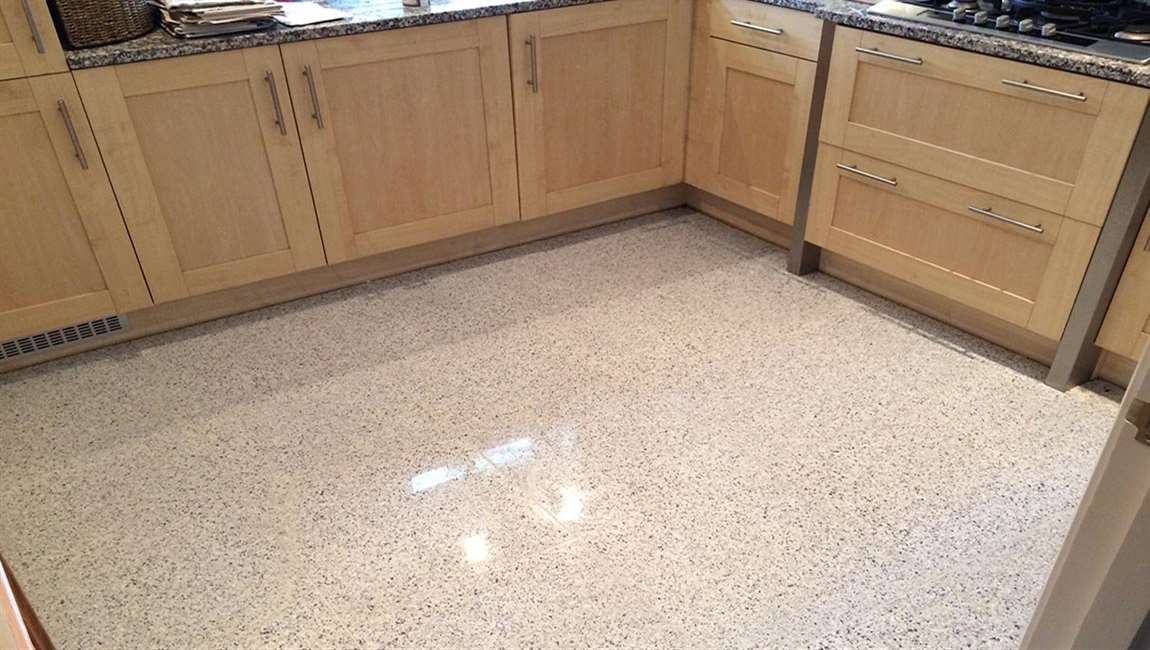



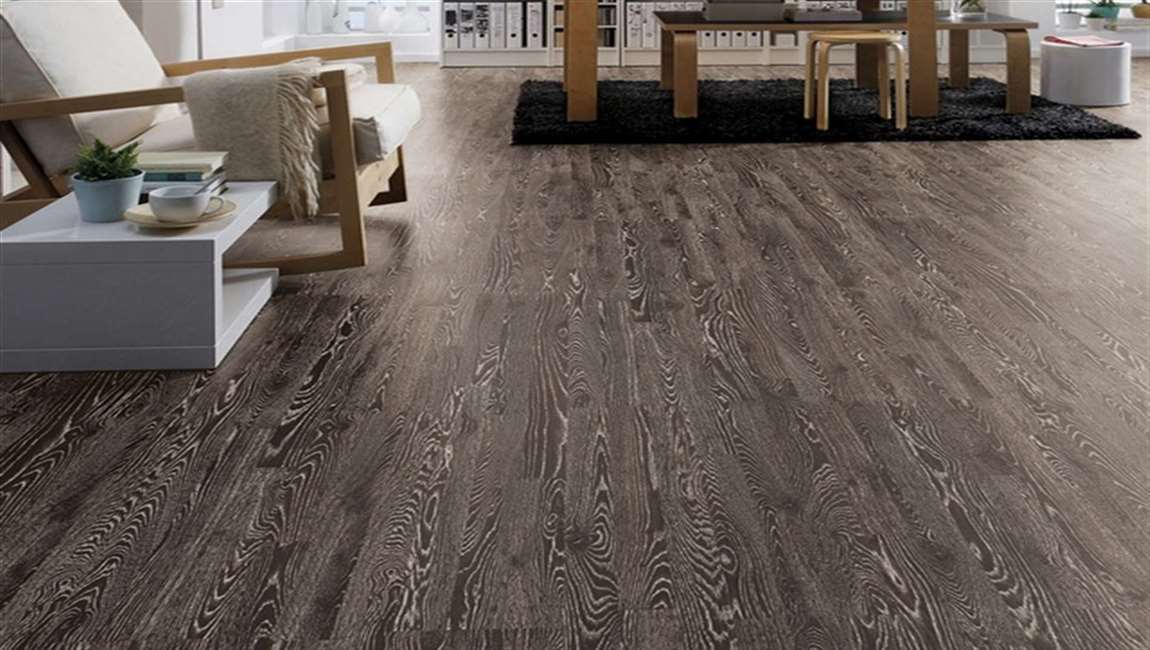 Stick a putty knife into the bottom or top of the
Stick a putty knife into the bottom or top of the 








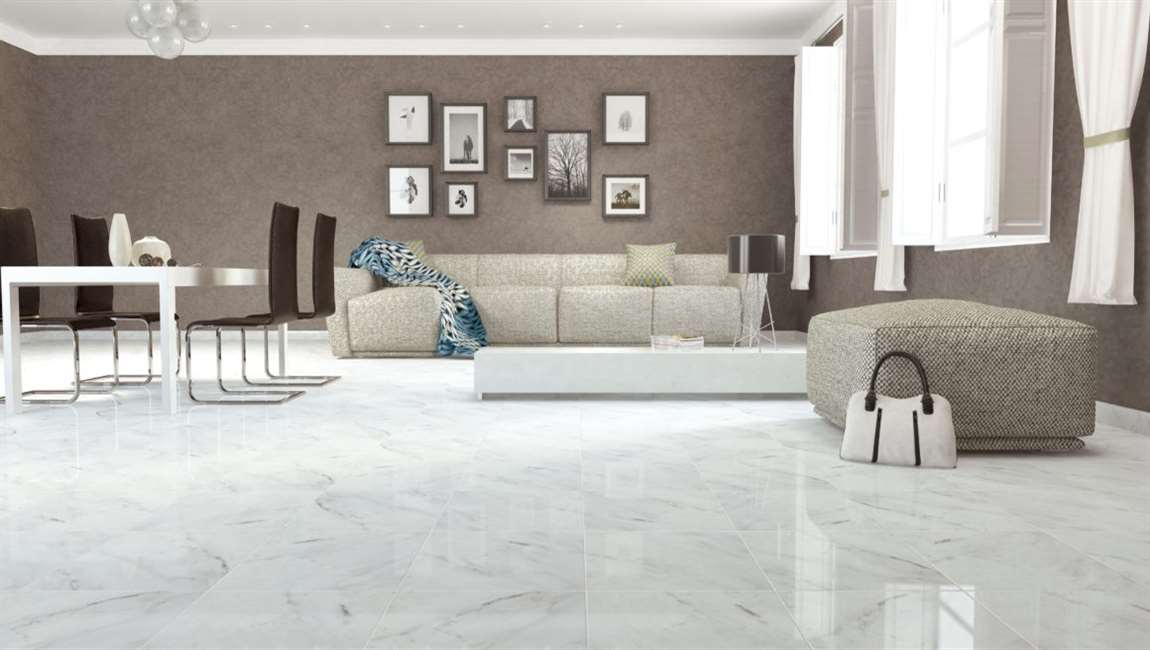






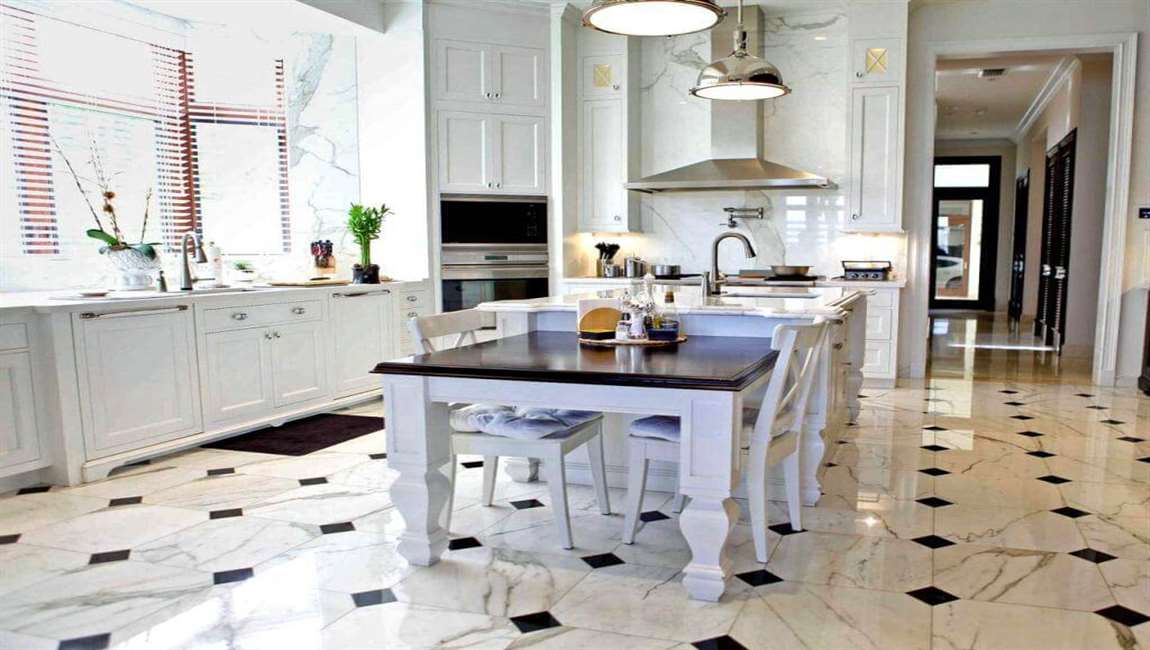





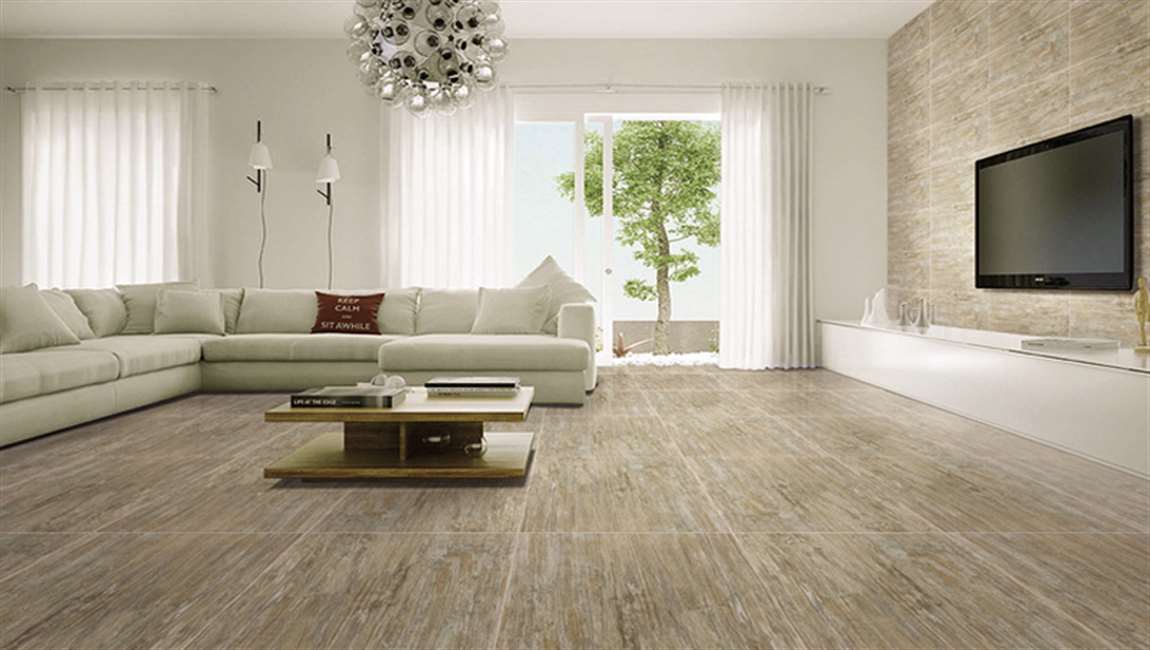
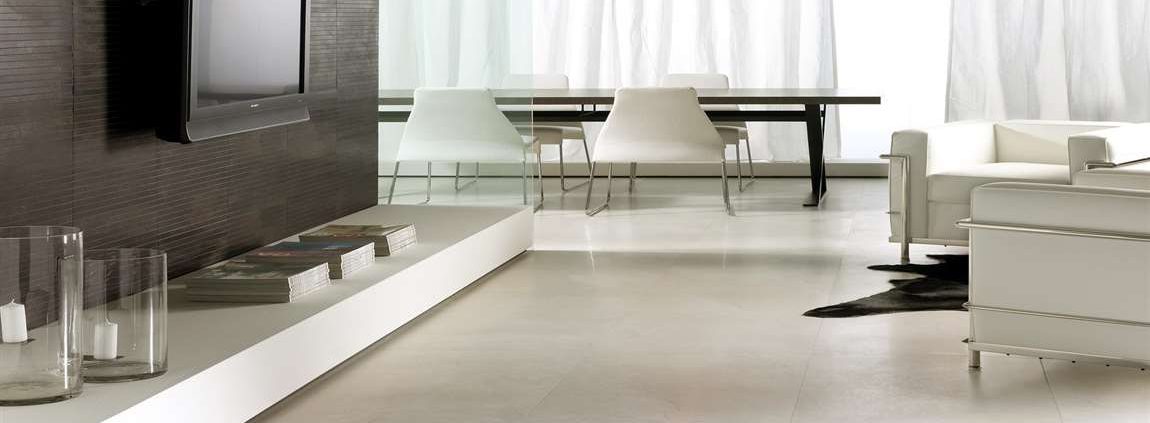
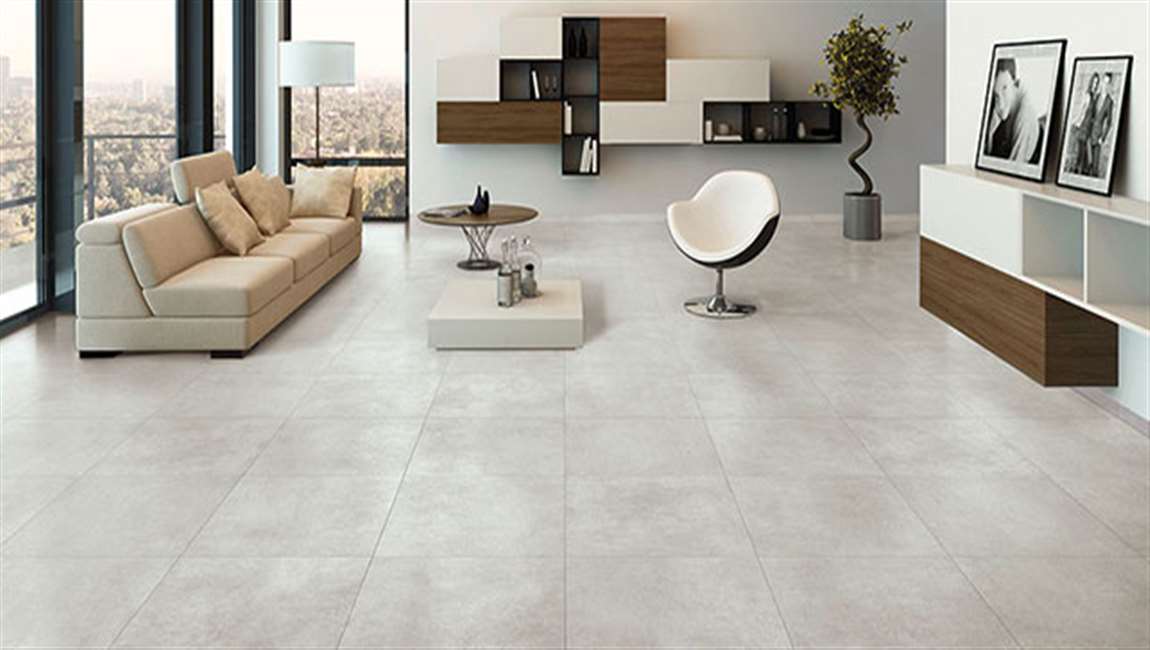 Rule out whether your old floor
Rule out whether your old floor  Use the chisel to pry up sections of
Use the chisel to pry up sections of  If the underlayment is plywood, use a reciprocating saw and 12 inch (30.5 cm) wood cutting blade to cut through the plywood. Cut the plywood underlayment out and remove it along with the
If the underlayment is plywood, use a reciprocating saw and 12 inch (30.5 cm) wood cutting blade to cut through the plywood. Cut the plywood underlayment out and remove it along with the  If the underlayment is cement backer board, use a reciprocating saw with a carbide-grit masonry-cutting blade and remove the backer board with the
If the underlayment is cement backer board, use a reciprocating saw with a carbide-grit masonry-cutting blade and remove the backer board with the 
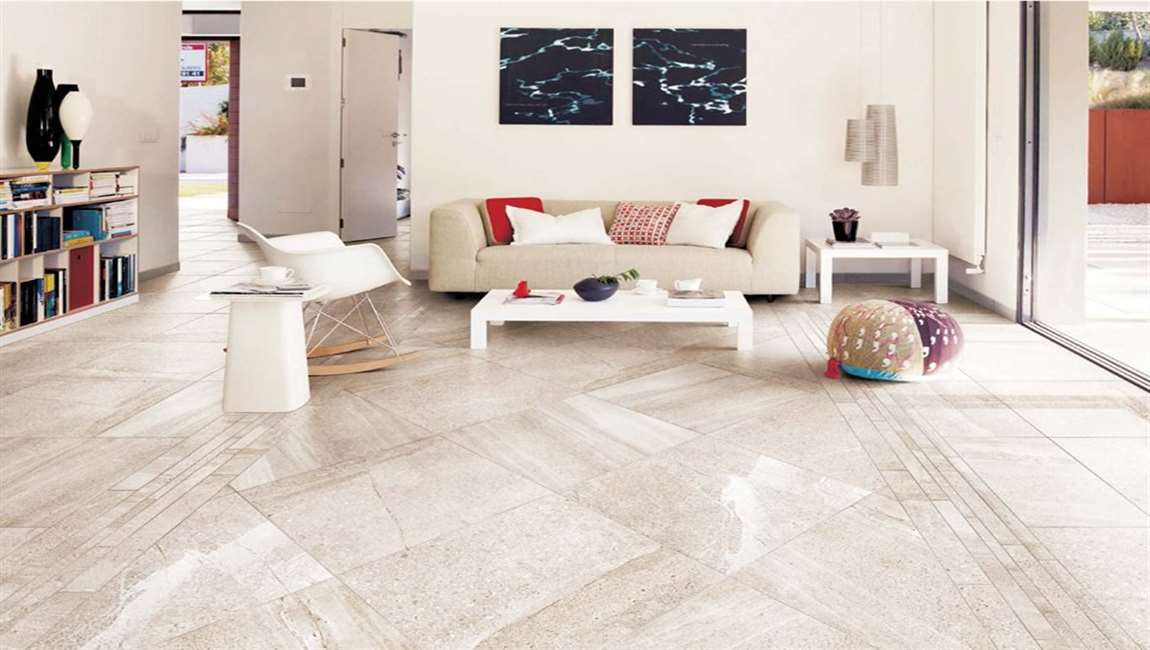 Pick the right
Pick the right Clean the concrete surface. This is a vital step of the project. Accumulated mud, dirt and other debris must be removed completely to ensure that the
Clean the concrete surface. This is a vital step of the project. Accumulated mud, dirt and other debris must be removed completely to ensure that the 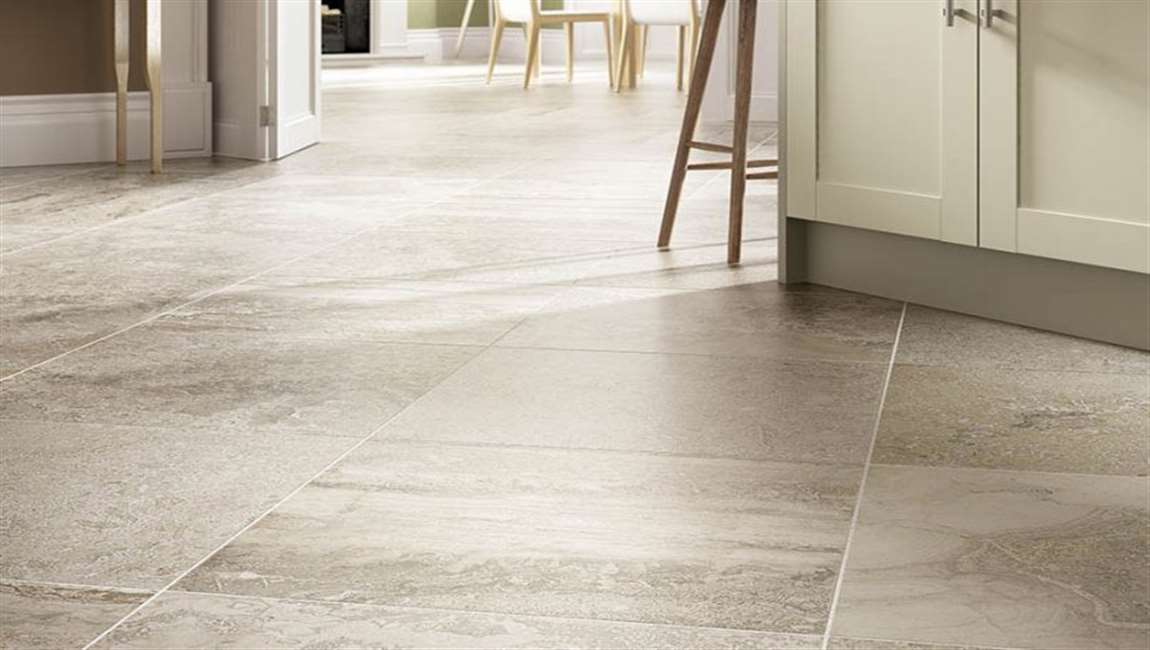 Perform the concrete repairs and leveling. To lay an even surface, the underlying concrete needs to be uniform and level as well. To achieve this, get rid of any protrusions, bumps or cracks in the surface. Using sandpaper to level the bumps and concrete and other fillers to stop cracks, you should be able to get a smooth surface. Be sure to wash it after this is done and let it dry.
Perform the concrete repairs and leveling. To lay an even surface, the underlying concrete needs to be uniform and level as well. To achieve this, get rid of any protrusions, bumps or cracks in the surface. Using sandpaper to level the bumps and concrete and other fillers to stop cracks, you should be able to get a smooth surface. Be sure to wash it after this is done and let it dry. Plan the layout. After preparing the surface, plan how you intend to lay down the
Plan the layout. After preparing the surface, plan how you intend to lay down the 
 Disinfect
Disinfect  Dissolve
Dissolve  Wash water-based stains on
Wash water-based stains on 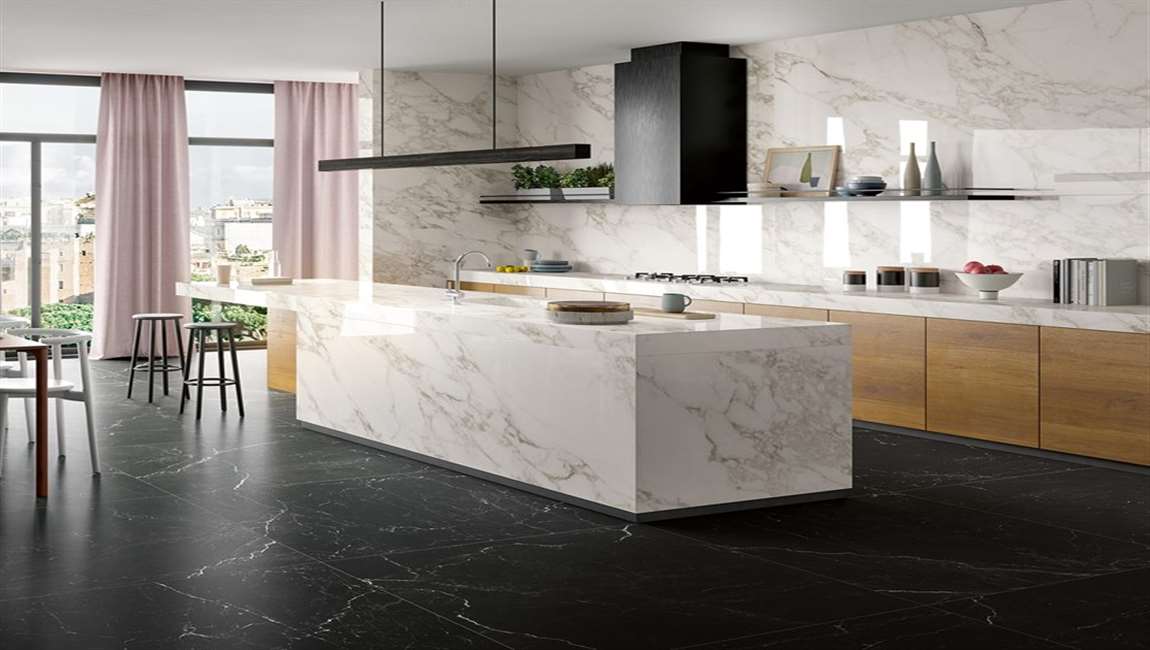 Use a poultice on resistant stains. Stains that do not want to disappear with regular cleaning and stain removal techniques require the use of a poultice. Make a paste out of cleaner and a powder, like talc, powdered chalk or dry kaolin clay. Spread the mixture over stains a 1⁄4 to 1⁄2 inch (0.64 to 1.27 cm) thick, cover with plastic wrap, and let it sit for 24 to 48 hours. Mix a 1⁄2 cup (120 mL) baking soda with 1 tablespoon (15 mL) water for oil stains. Mix a 1⁄2 cup (120 mL) talc with 1 tablespoon (15 mL) acetone for water-based stains.
Use a poultice on resistant stains. Stains that do not want to disappear with regular cleaning and stain removal techniques require the use of a poultice. Make a paste out of cleaner and a powder, like talc, powdered chalk or dry kaolin clay. Spread the mixture over stains a 1⁄4 to 1⁄2 inch (0.64 to 1.27 cm) thick, cover with plastic wrap, and let it sit for 24 to 48 hours. Mix a 1⁄2 cup (120 mL) baking soda with 1 tablespoon (15 mL) water for oil stains. Mix a 1⁄2 cup (120 mL) talc with 1 tablespoon (15 mL) acetone for water-based stains.
 Sweep with a soft broom every day. Dirt and crumbs can build up and potentially scratch your
Sweep with a soft broom every day. Dirt and crumbs can build up and potentially scratch your  Mop with a soft sponge or mophead weekly. Keep grime at bay by mopping
Mop with a soft sponge or mophead weekly. Keep grime at bay by mopping  Use a stone cleaner on soft stone. Marble and limestone can scratch easily, so make sure you mop them weekly with a
Use a stone cleaner on soft stone. Marble and limestone can scratch easily, so make sure you mop them weekly with a  Scrub grout with a soft brush. Use a soft scrub brush to get to spaces between
Scrub grout with a soft brush. Use a soft scrub brush to get to spaces between